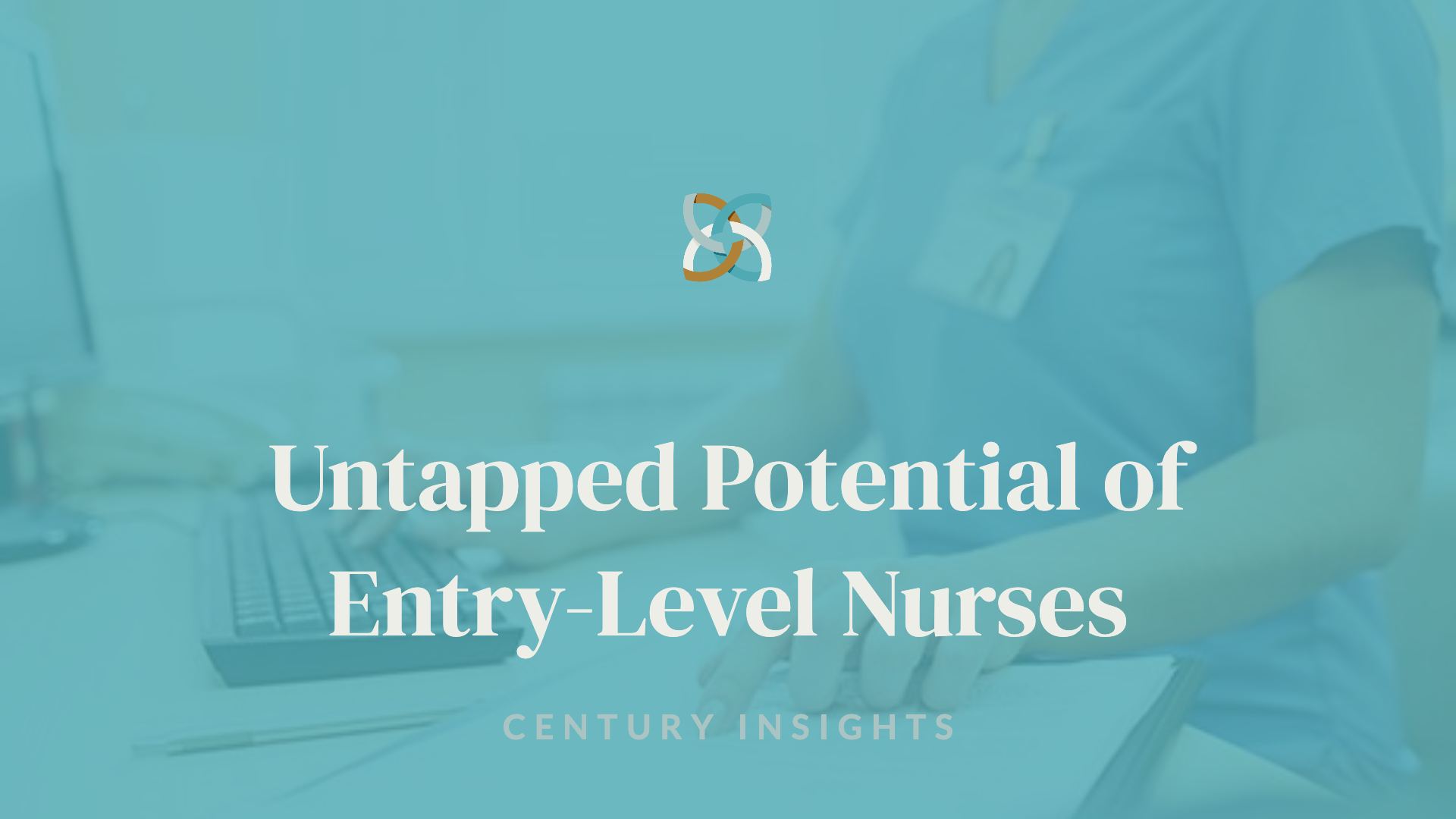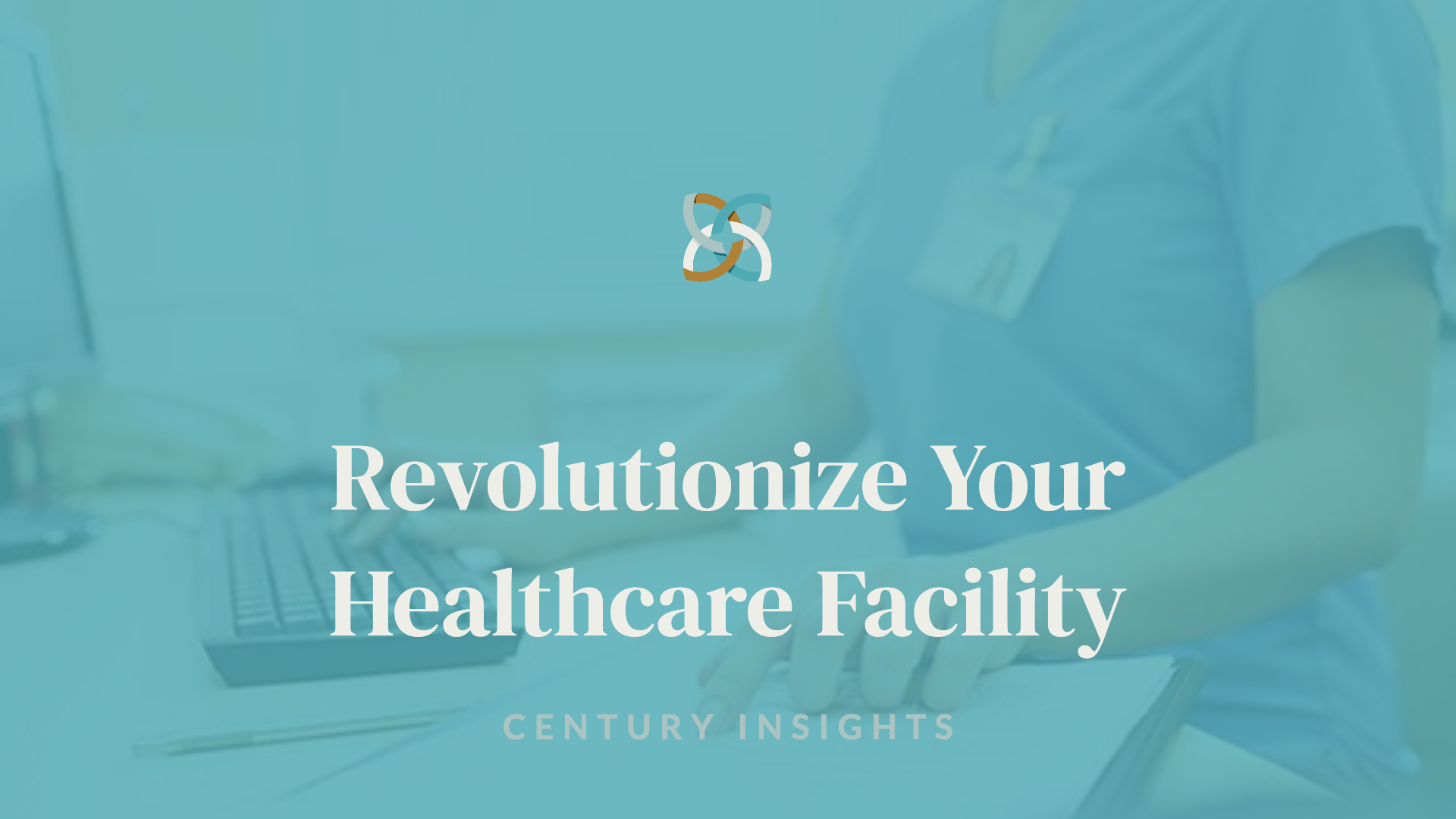Forge Strong Ties: How Partnerships with Educational Institutions Can Benefit Your Recruitment!
In the ever-evolving landscape of talent acquisition, organizations are constantly seeking innovative strategies to attract and retain top-tier professionals. One such strategy that has gained traction is the formation of educational partnerships between businesses and academic institutions. These collaborations are not just a conduit for fresh talent but also a crucible for cutting-edge practices that can redefine recruitment benefits.
Research-practice partnerships (RPPs) have emerged as a beacon of progress in the educational sector. A study by the American Educational Research Association (AERA, 2020) underscores the efficacy of these alliances, revealing that 67% of educational leaders found RPPs instrumental in crafting and executing new programs and policies. This evidence-based approach to decision-making is a testament to the power of institutional relationships in fostering educational advancements.
Moreover, the involvement of higher education institutions in local school systems has proven to be a catalyst for student success. The National Center for Education Statistics (NCES, 2019) reported a remarkable 22% surge in student performance on standardized tests over a span of three years in schools that partnered with universities for professional development and curriculum design. This statistic is a compelling argument for the positive ripple effects of academic collaboration.
Enhancing Recruitment Through Educational Synergy
When businesses align with educational institutions, they tap into a reservoir of potential employees who are not only academically prepared but also versed in the latest industry practices. This synergy between academia and industry serves as a robust talent acquisition strategy, ensuring a steady influx of skilled candidates who are ready to hit the ground running.
Such partnerships can take various forms, from guest lectures and internships to research projects and curriculum development. By engaging with students and faculty, companies can influence the educational process to align with industry needs, thereby shaping a workforce that is tailored to their specific requirements.
Curating a Future-Ready Workforce
One of the most significant advantages of educational partnerships is the opportunity to mold the curriculum to meet the future needs of the industry. By participating in curriculum design, companies can ensure that students acquire the skills that are in high demand, thus creating a pipeline of job-ready graduates.
Furthermore, these partnerships facilitate professional development opportunities for educators, keeping them abreast of the latest industry trends and technologies. This continuous learning loop not only benefits the students but also enhances the teaching quality, leading to a more dynamic and relevant educational experience.
Building a Brand as an Employer of Choice
Collaborations with educational institutions also serve as a powerful branding tool. Companies that are actively involved in education are perceived as thought leaders and innovators. This reputation makes them more attractive to prospective employees, particularly those who value continuous learning and growth opportunities.
By investing in education, companies can demonstrate their commitment to not just their own growth but also to the development of their community and industry at large. This altruistic approach can significantly boost a company’s employer brand, making it a magnet for top talent.
Creating a Diverse and Inclusive Talent Pool
Educational partnerships are also a gateway to diversity in the workplace. By collaborating with a variety of institutions, including those serving underrepresented communities, companies can tap into a rich tapestry of perspectives and backgrounds. This diversity is not just a moral imperative but also a business advantage, as it leads to more innovative and effective problem-solving.
Moreover, these partnerships can help bridge the gap between underprivileged students and lucrative career opportunities, fostering social mobility and contributing to a more equitable society.
Measuring the Impact of Educational Partnerships
To truly harness the benefits of educational partnerships, it is crucial for companies to establish clear metrics for success. This could include tracking the number of hires from partner institutions, assessing the performance of these hires, and evaluating the impact of collaborative projects on company innovation.
Regular reviews and adjustments to the partnership strategy ensure that both the company and the educational institution remain aligned with their goals and continue to reap mutual benefits.
Conclusion
The intersection of education and industry through strategic partnerships presents a plethora of opportunities for companies looking to enhance their recruitment strategies. By fostering strong ties with educational institutions, businesses can cultivate a workforce that is not only skilled and diverse but also aligned with their long-term vision.
As the data from AERA and NCES suggest, the impact of these collaborations on educational outcomes and student achievement is profound. For companies, this translates into a competitive edge in the talent market, positioning them as forward-thinking employers who are invested in the future of their industry and their workforce.
Ultimately, educational partnerships are more than just a recruitment tactic; they are a commitment to the continuous evolution of the industry and the nurturing of the next generation of professionals. In this dynamic partnership, everyone stands to gain – the students, the educational institutions, and the companies that forge these invaluable connections.




